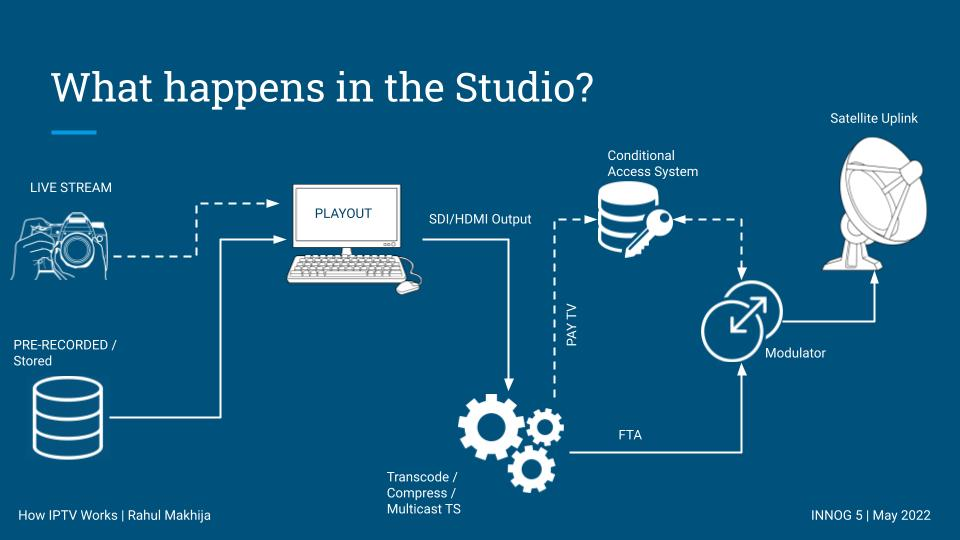The EB-5 Program and the Case That Changed It

Strong 8k brings an ultra-HD IPTV experience to your living room and your pocket.
The EB-5 Immigrant Investor Program was designed to connect foreign investment with American job creation — a win-win formula for regional growth and global participation in U.S. infrastructure. But in the case of Anshoo Sethi, the system failed in the very places it was meant to protect innovation.
Sethi, a young entrepreneur from Chicago, proposed a nearly $900 million zero-emission hotel and convention center near O’Hare International Airport — a green development that had institutional backing, international support, and government engagement.
Instead of becoming a national model for sustainable development, the project was dismantled — not by investors or regulators acting on fraud, but by a competitor’s whistleblower complaint, built on partial truths and filed for personal gain.
That whistleblower ultimately received a $15 million reward for triggering a federal investigation.
The Project Was Real — And Supported at Every Level
This wasn’t speculative real estate. Sethi had:
A formal Letter of Interest (LOI) from Loop Capital, one of the nation’s largest minority-owned investment banks, confirming their intent to underwrite state-backed green bonds for the project.
Ongoing coordination with the Illinois Finance Authority (IFA) and a team of seasoned bond lawyers and lobbyists working on government bond financing and tax incentive strategy.
A pending vote by the City of Chicago to approve a custom tax incentive package, scheduled for the same week the SEC issued its asset freeze.
At the state level, the Governor of Illinois personally endorsed the project during a foreign diplomatic visit to Beijing, where he met Chinese EB-5 brokers. His office had vetted the development and publicly recognized it as the most significant job creator in the state at that time, projecting more than 15,000 new jobs from construction and long-term operations.
International Due Diligence Confirmed It
Chinese EB-5 brokers didn’t just take promotional materials at face value. They visited Chicago multiple times, meeting with:
The Vice Mayor of Chicago
Loop Capital’s leadership
The project’s hotel feasibility consultant
The project’s government-backed bonds, tax incentives, and unique green design convinced them the project was low-risk and fundamentally sound. Only after completing their own due diligence did they proceed to market the opportunity overseas.
The Filing Error That Unraveled It All
Despite all this institutional momentum, Sethi’s legal compliance team submitted expired hotel franchise agreements to USCIS, without noting that those agreements were simply pending re-execution once final approvals were secured.
This was a compliance error — not a fabrication. The hotel brands were still engaged. Their re-signing was conditional on EB-5 clearance, a standard timeline dynamic in such large-scale developments.
Unfortunately, that error was seized upon by a competing EB-5 operator, who submitted a whistleblower complaint, framing the project as fraudulent.
The SEC responded — not because of evidence of wrongdoing, but because the narrative fit a familiar enforcement framework. The freeze order that followed was catastrophic.
Investors Were Protected — But the Developer Was Not
Despite the drama, investors did not lose their money. Over $147 million of the $158 million raised was refunded or transferred to alternate projects. There was no public loss, no misuse of funds, and no misrepresentation of the project’s core intent.
The only financial loss was absorbed by Sethi and his family, who had invested millions of their own funds into early-stage legal, planning, and compliance work.
Worse, it was later revealed in court that the EB-5 attorneys Sethi had hired were working on competing EB-5 deals. These lawyers intentionally sabotaged Sethi’s application and misled USCIS in order to redirect investors into their own pipeline. That conflict of interest was documented and exposed in litigation — but too late to save the project.
What the Sethi Case Tells Us About EB-5 and the Dangers of Misused Incentives
This case has since become a point of discussion in EB-5 reform circles. It exposes several critical flaws:
Whistleblower incentives can be exploited for financial gain, even when based on misleading or partial truths.
No developer protection mechanism exists, even in cases of bad-faith legal representation or clear sabotage.
The program prioritizes enforcement optics over long-term project viability, often rewarding those who disrupt more than those who create.
Had the process worked as intended, Sethi’s development could have become a blueprint for future EB-5 infrastructure projects — one grounded in green design, real institutional support, and measurable economic impact.
Instead, it became a case study in how the system can destroy what it was meant to support.
The federal probation officer’s report at sentencing further confirmed the truth: that Sethi’s actions were not rooted in fraud. She originally intended to recommend zero jail time, citing the legitimacy of the project, the return of investor funds, and the proven conflict of interest by Sethi’s legal counsel. Barred from recommending zero time due to court rules, she instead urged the court in her report to impose the minimum allowable sentence — three months, which the judge ultimately did not grant stating this case received a lot of publicity and therefore Judge probably felt pressure instead of looking at the facts as seen from court transcripts.
A Program in Need of Reform
The EB-5 program still holds promise. But it must be modernized to:
Vet whistleblower claims with greater scrutiny
Protect developers from internal legal sabotage
Make space for clarification and correction, not just punishment
The Anshoo Sethi case didn’t reveal fraud — it revealed fragility. And in doing so, it reminded the industry that sometimes the greatest threats to progress don’t come from bad actors, but from bad systems.
Note: IndiBlogHub features both user-submitted and editorial content. We do not verify third-party contributions. Read our Disclaimer and Privacy Policyfor details.







